Medical institutions treat a wide range of patients and have a diverse population going in and out of them. To protect the health of frontline medical staff and patients, nosocomial infection control is a priority for major medical institutions. This year, as the COVID pandemic continues to spread, the world has entered a state of preparedness to fight this wave of the pandemic. With years of experience in Taiwan's medical industry, Unison Healthcare Group provides the most advanced medical-related resources in Taiwan. In order to help improve the quality of infection control in hospitals and medical care in Taiwan, we have brought in the first UVD Robot in Taiwan. With a planned path of autonomous movement and high-efficiency UV disinfection, it can kill the intractable vancomycin-resistant enterococci and the most feared coronavirus within 1 minute, providing front-line healthcare workers and patients with a cleaner medical facility.
According to the survey, it is estimated that nearly 100,000 patients die each year due to HAI. Hospitalized patients are at a 4% risk of HAI, affecting 1.7 million patients a year and accounting for $35 billion in U.S. health care spending. The average length of stay in the hospital is extended by 17.6 days for each nosocomial infection. In Europe, 4 million patients are affected by HAI each year, with approximately 37,000 deaths directly attributable to HAI.
According to the latest article published in the Journal of the American Medical Association on February 7, 41.3% of the 138 patients at Wuhan Zhongnan Hospital were suspected to be infected in the hospital, including 17 inpatients (12.3%) and 40 health care workers (29%). It is clear that infection control in healthcare facilities is a pressing issue. According to research papers published in the Journal of Infection Control and Hospital Epidemiology and the American Journal of Infection Control in 2008 and 2013, there are areas neglected when disinfection is done manually such as wiping, with only 48% being cleaned, and 40% being inadequately disinfected, increasing the risk of patient infection.
Most of the UV disinfection machines on the market today are stationary. The principle of disinfection is that the accumulated energy emitted by UVC exceeds a certain amount of energy that germs can withstand, destroying the bonds in their genes and eliminating their activity. However, the energy accumulation will be weakened if the distance is increased, affecting the effectiveness of disinfection. According to the survey, the areas further away from the UV disinfection machine cannot be effectively disinfected. UVD Robots can move on their own when the path is set. In addition to effectively removing the limitations of stationary machines, the dynamic light source can maximize the UVC exposure coverage and achieve the purpose of effective disinfection. The performance of the UV disinfection equipment is also enhanced with eight 60-watt UV lamps that are nearly five times more effective than those on the market. 1000 joules per square meter (J/m2) can be achieved in one minute, which can enhance the efficacy of bactericide and completely destroy the genetic bonds of Clostridium difficile (240J/m2), Candida albicans (920J/m2), and coronavirus (84J/m2). Take the average negative pressure isolation rooms in Taiwan, which are 9 to 16 square meters big, for example. They can be fully disinfected in about 15 minutes, shortening the time required for traditional UV disinfection (2 to 8 hours) to 10 to 15 minutes. The built-in lithium battery that can be charged makes it more convenient for it to move around. When the battery is fully charged, it can run a 120-minute disinfection trip, which amounts to the disinfection of eight to ten wards. It will improve the quality of infection control in hospitals.
Source description: China Times e-paper02.17.2020


![[UHG Medical News] "Technology" Anti-epidemic preparedness - UVD robots improve the quality of infection control](/uploads/d115175e6acc441bb1487dd19876e430.jpg)
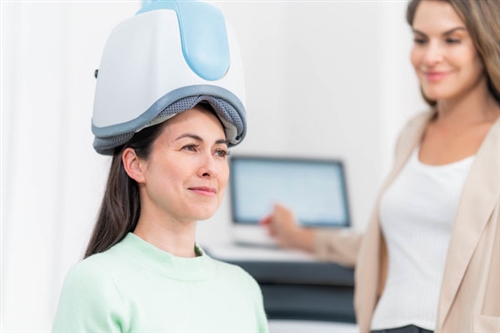
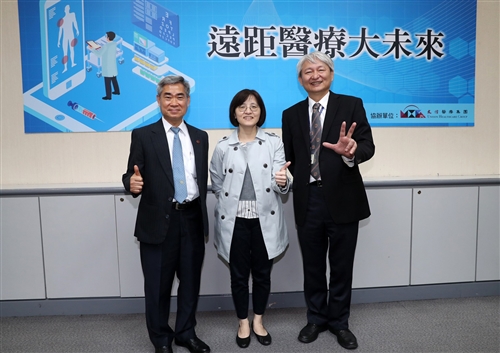
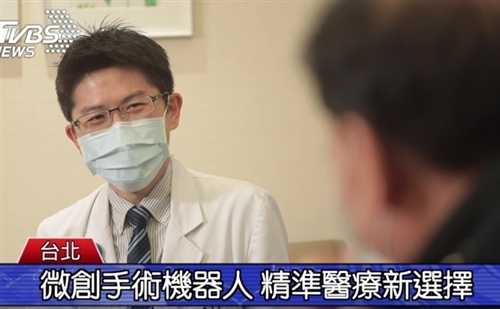
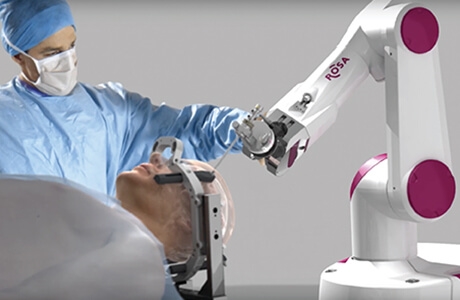
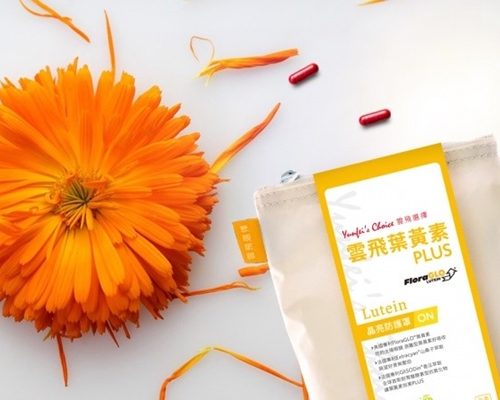

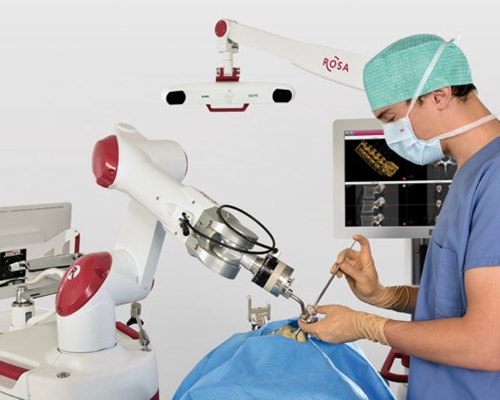
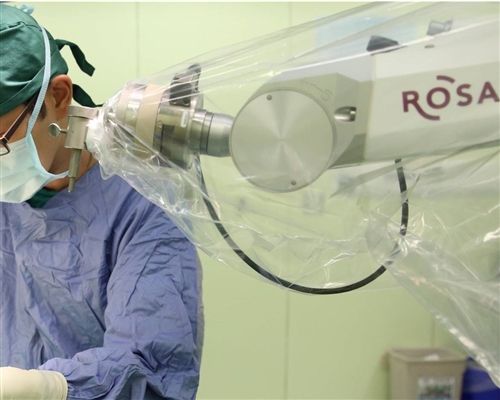
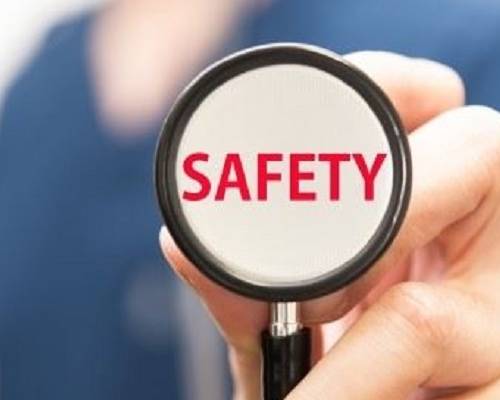
![[UHG Medical News] Utilizing Professional Data Technology to Decrease the Potential Risk of Nosocomial Infection and Enhancing Protections for Taiwan’s Healthcare System](/uploads/ef5af251540148f685bed1a80eb9e8b9.jpg)